Homestead layout
marys1000
19 years ago
Related Stories
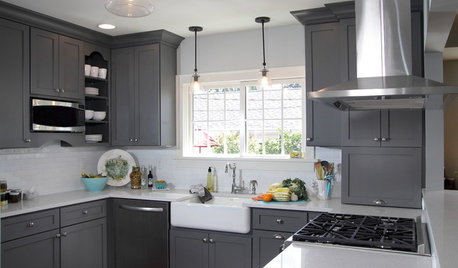
KITCHEN OF THE WEEKKitchen of the Week: New Function, Flow — and Love — in Milwaukee
A traditional kitchen get an improved layout and updated finishes in a remodel that also yields a surprise
Full Story
FARMHOUSESHouzz Tour: Farmhouse Style That Feels Metro, Not Retro
Classic forms get a contemporary twist in this airy and inviting Silicon Valley home
Full Story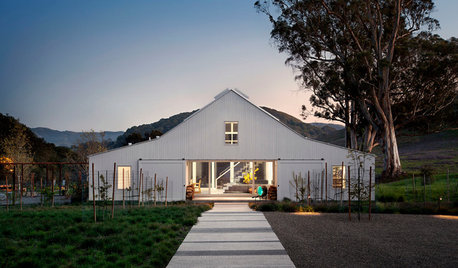
FARMHOUSESHouzz Tour: A Farmhouse in the Dell
Modern style and a barn look mix in a most unusual Sonoma County home
Full Story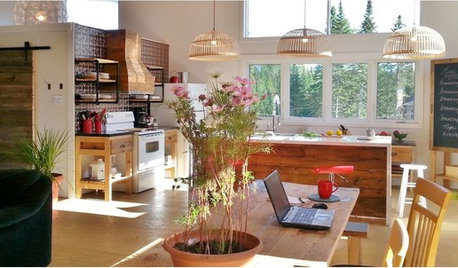
KITCHEN DESIGNKitchen of the Week: Modern and Rustic Meet in the Woods of Quebec
Tall windows open this handcrafted wood-and-white loft kitchen to the beautiful outdoors
Full Story
HOUZZ TOURSMy Houzz: Quirky Charm on Aussie Farmland
With skateboards adorning the kitchen, a trash-inspired backsplash and a retro trailer, this home shows passionate creativity
Full Story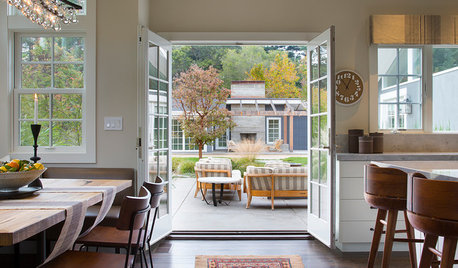
RANCH HOMESHouzz Tour: A Ranch House Gets a Reboot
This California family home gets a smart new outdoor kitchen, a reconfigured indoor kitchen and much more
Full Story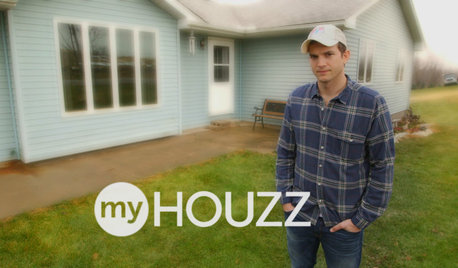
BASEMENTSHouzz TV: Ashton Kutcher Surprises Mom With the Basement of Her Dreams
In a new Houzz original series, the actor uses the Houzz app to find a designer and shop products to turn the dark area into a bright space
Full Story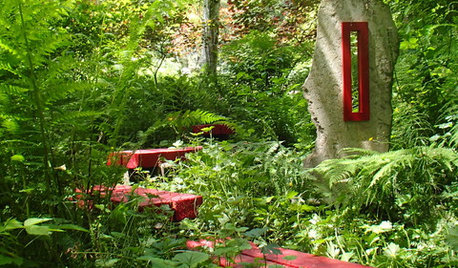
LANDSCAPE DESIGNCreate a Garden That Tells a Story
Take design cues from punctuation marks for a garden with order and intrigue
Full Story
MOST POPULARKitchen of the Week: Broken China Makes a Splash in This Kitchen
When life handed this homeowner a smashed plate, her designer delivered a one-of-a-kind wall covering to fit the cheerful new room
Full Story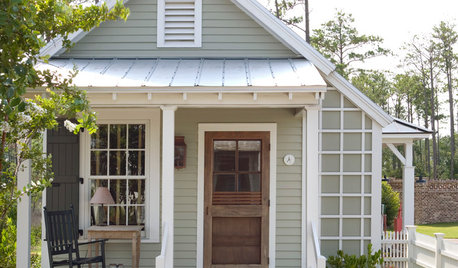
SMALL SPACES8 Benefits of Cottage Living
Scale back to dial up your quality of life, save money and more
Full Story





mid_tn_mama
joepyeweed
Related Professionals
Windham Landscape Architects & Landscape Designers · Prairie Ridge Landscape Architects & Landscape Designers · Buford Landscape Contractors · Goodyear Landscape Contractors · Woburn Landscape Contractors · Wakefield Landscape Contractors · Concord Landscape Contractors · Deerfield Landscape Contractors · Dunwoody Landscape Contractors · Hilo Landscape Contractors · Homewood Landscape Contractors · Salem Landscape Contractors · Vancouver Landscape Contractors · Beverly Hills Siding & Exteriors · Leesburg Siding & Exteriorsmarys1000Original Author
lilacfarm
mid_tn_mama
coriander
PanDeMoNiuM
chefmom
hotzcatz
huisjen
bigeasyjock
Maggie_J
arcticiris
oregonwoodsmoke
farmfreedom
brendasue